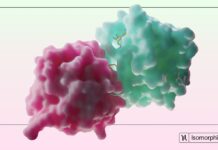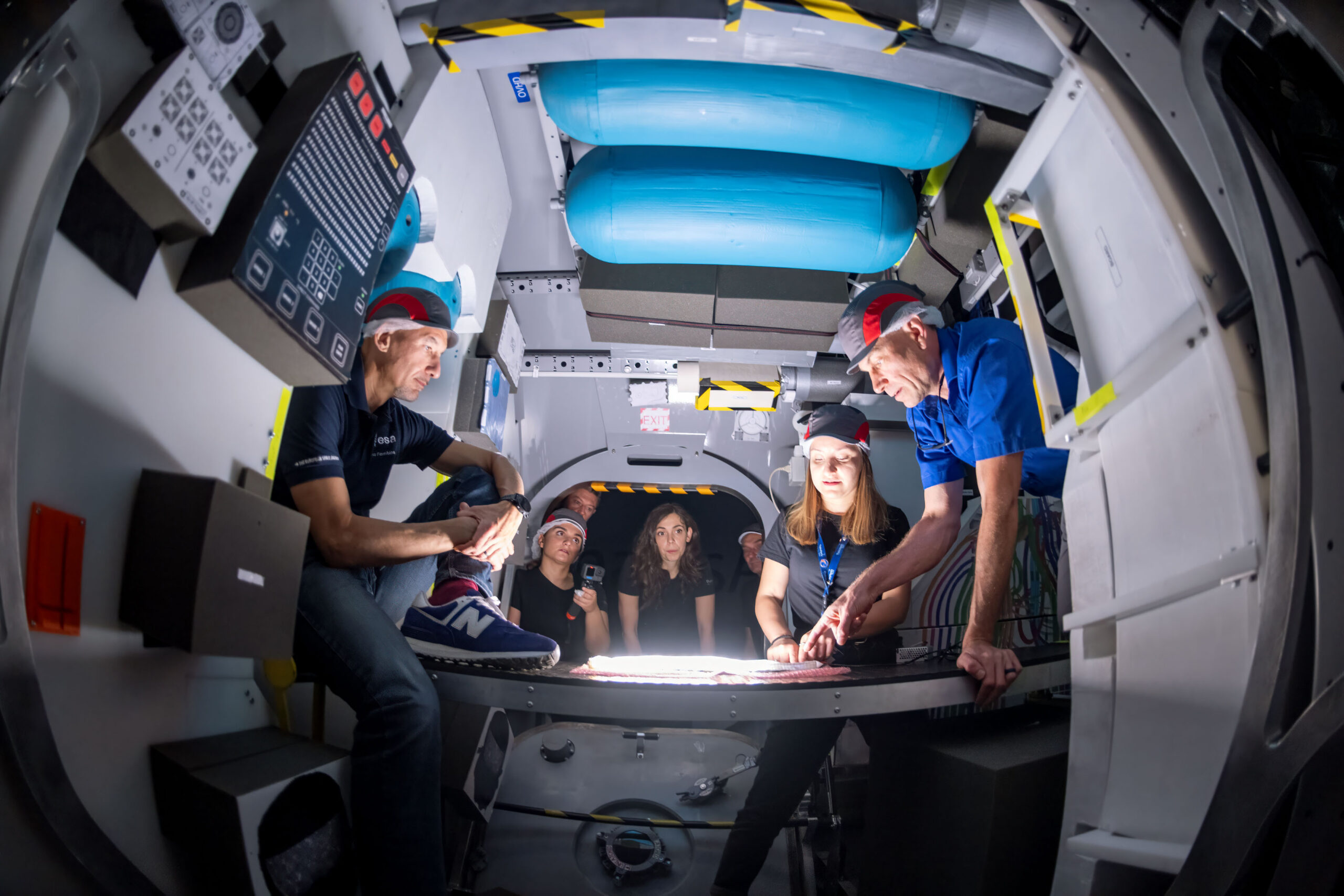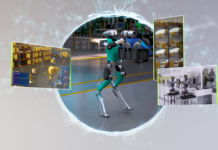NASA, ESA, and Thales Alenia Space Collaborate for Groundbreaking Gateway Space Station Test
This past summer, a significant collaborative effort was undertaken by NASA, the European Space Agency (ESA), and Thales Alenia Space, alongside esteemed astronauts Stan Love and Luca Parmitano. The teams gathered in Turin, Italy, to conduct a pivotal test run of the Gateway, which is poised to become humanity’s first space station orbiting the Moon. This ambitious project represents a significant stride towards expanding human presence in space, particularly around the Moon.
The collaborative exercise focused on what is termed "human factors testing." This involved the use of a replica of the Lunar I-Hab, one of the four crucial modules of the Gateway. The Lunar I-Hab is where astronauts will live, engage in scientific research, and prepare for missions targeting the Moon’s South Pole. The testing process is essential as it helps refine spacecraft design to enhance both comfort and safety for astronauts—a critical aspect as space missions become more advanced and long-term.
The Role of Lunar I-Hab in the Gateway Mission
The Lunar I-Hab module, provided by ESA and Thales Alenia Space, is slated for launch as a part of the Artemis IV mission. During this mission, a team of four astronauts will embark on a journey aboard the Orion spacecraft. This spacecraft will be launched by an upgraded version of the Space Launch System (SLS) rocket, a powerful vehicle designed to transport humans and cargo to the Moon. This mission will mark the delivery of the Lunar I-Hab to its designated position within the Gateway, orbiting the Moon.
The inclusion of the Lunar I-Hab module is a testament to international collaboration in space exploration, with ESA contributing significantly to Gateway’s infrastructure. This collaboration is further expanded with contributions from various international space agencies such as the Canadian Space Agency (CSA), the Japan Aerospace Exploration Agency (JAXA), and the Mohammad Bin Rashid Space Centre of the United Arab Emirates. These agencies are providing essential hardware for the Gateway, including scientific experiments, habitation and work modules, robotics, and life support systems.
Global Endeavors in Space Exploration
The international collaboration on Gateway signifies a global commitment to exploring the scientific mysteries of deep space. This initiative is part of the broader Artemis campaign, which aims to return humans to the Moon and pave the path for future human missions to Mars and beyond. With Gateway, teams of astronauts from around the world will have the opportunity to engage in groundbreaking scientific research, exploring regions of the Moon that have not been studied before, such as the South Pole.
The Artemis campaign is not just about returning to the Moon; it is a stepping stone for humanity’s journey to Mars. By conducting extensive research and developing new technologies on and around the Moon, we are preparing for the next giant leap in space exploration: sending humans to Mars. The knowledge gained from the Gateway missions will be invaluable in addressing the challenges of long-duration space travel and habitation on other planetary bodies.
Understanding Human Factors Testing
Human factors testing, a critical component of the Gateway project, involves evaluating how astronauts interact with the space station’s environment and systems. This testing ensures that the design of the habitat is optimized for human use, taking into account aspects such as ergonomics, safety, and comfort. By simulating various scenarios, engineers can identify potential issues and make necessary adjustments before the actual missions commence.
For instance, the layout of the living quarters, the functionality of life support systems, and the usability of scientific instruments are all scrutinized during these tests. The goal is to create a habitat that supports the physical and psychological well-being of astronauts, enabling them to perform their duties effectively while minimizing the risk of errors or accidents.
The Future of Space Exploration with Gateway
The Gateway project is a monumental endeavor that will redefine humanity’s relationship with space. By establishing a permanent presence around the Moon, we are taking crucial steps towards sustainable space exploration. The knowledge and experience gained from Gateway missions will serve as a foundation for future missions to Mars and other destinations in our solar system.
As we prepare for the launch of the Lunar I-Hab and subsequent modules, the world watches with anticipation. The success of this project depends not only on technological advancements but also on the collaborative efforts of space agencies worldwide. Together, we are pushing the boundaries of what is possible, forging a path for future generations to explore the cosmos.
Reflections on the Gateway Project
The Gateway project is a testament to human ingenuity and the power of international collaboration. It highlights our shared desire to explore the unknown and expand the frontiers of human knowledge. As we embark on this new era of space exploration, we are reminded of the words of Carl Sagan, who said, "Somewhere, something incredible is waiting to be known."
In conclusion, the Gateway project is a beacon of hope for the future of space exploration. It symbolizes our collective ambition to explore the universe and our commitment to working together as a global community. As we look to the future, we can be confident that the Gateway will play a pivotal role in humanity’s journey to the stars.
For more information on the Gateway project, you can visit the official NASA website at NASA Gateway.
For more Information, Refer to this article.


































